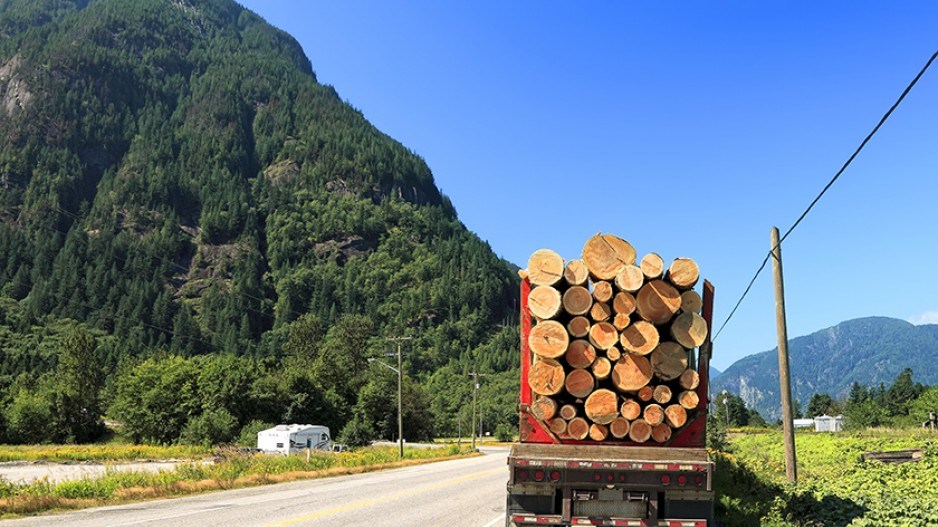Sophisticated new technology and rising demand for softwood lumber are changing the role of the traditional forester in B.C.
Forestry has been a regulated practice in the province since 1947. Helping put the rules into practice is the Association of BC Forest Professionals (ABCFP), which is demanding more from its members than ever before.
“We have spent several years on a broader education base for the future forest professionals,” said Michael Larock, the ABCFP’s director of professional practice and forest stewardship. “B.C.’s focus tended to be on just resource extraction, and in the last 20 years there has been a heightened awareness by the public on how we use our forest and how we manage our forest.”
Changes in technology, population and the environment have all affected the industry. In line with the changes, the ABCFP has focused on broadening training in skills that extend beyond the science degree that is the traditional first step for newcomers to the profession. It now includes ecology restoration, operations and finance.
Urban forestry is a growing area of education.
“Almost 800 of our 5,000 members are currently engaged in practising forestry in some sort of urban setting,” Larock said. “Urban forestry has higher social science content than some of the other science areas of practice.”
On the market side, the ongoing softwood lumber dispute and the renegotiation of the North American Free Trade Agreement have highlighted the debate over forestry’s future.
Susan Yurkovich, president and CEO of the Council of Forest Industries, said the organization has filed three appeals of the most recent U.S. duties slapped on Canadian softwood lumber.
Political turmoil in the U.S. and Canada’s inability to fill the gap in the American lumber market have resulted in a number of reactions, Yurkovich said.
“There’s been a price response, so prices are very strong, and that is effectively pushing the cost of the duties to the U.S. consumer and lumber markets.
“[However] we are seeing a lot more third-country imports into the U.S. from Russia, Germany and others … and that is concerning because traditionally we have had a North American market for timber…. There is a 100%-plus increase in shipments coming from third countries.”
A recent ForestEdge LLC and Wood Resources International LLC report predicts that U.S. softwood lumber consumption will continue to rise from the lows of the 2008-09 global financial crisis.
It forecasts lumber consumption for non-residential construction will grow the fastest and increase its share of softwood lumber consumption from 11% in 2016 to 14% by 2030.
The need for lumber shows no sign of slowing, but significant barriers to B.C. companies remain in place. Market diversification is now a top priority for Yurkovich.
“B.C. really has been leading and opening up markets in Asia … and there is more opportunity in China, particularly to move up the value chain and produce higher-value products.”
The industry is also maintaining strong employment.
“For the most part, foresters are out there,” Larock said. “We are managing 55 million hectares of forest in the province, and if you divide that by the 5,000 forest professionals, you are talking one forester for every 10,000 hectares. That is a lot of land.
“If I visited a hectare every day for my entire career, I would never go back to the same one again. In some countries in Europe, it is exactly the opposite – sometimes 400 people per hectare.
“In B.C., we have just scratched the surface of being able to manage B.C. forests.”




